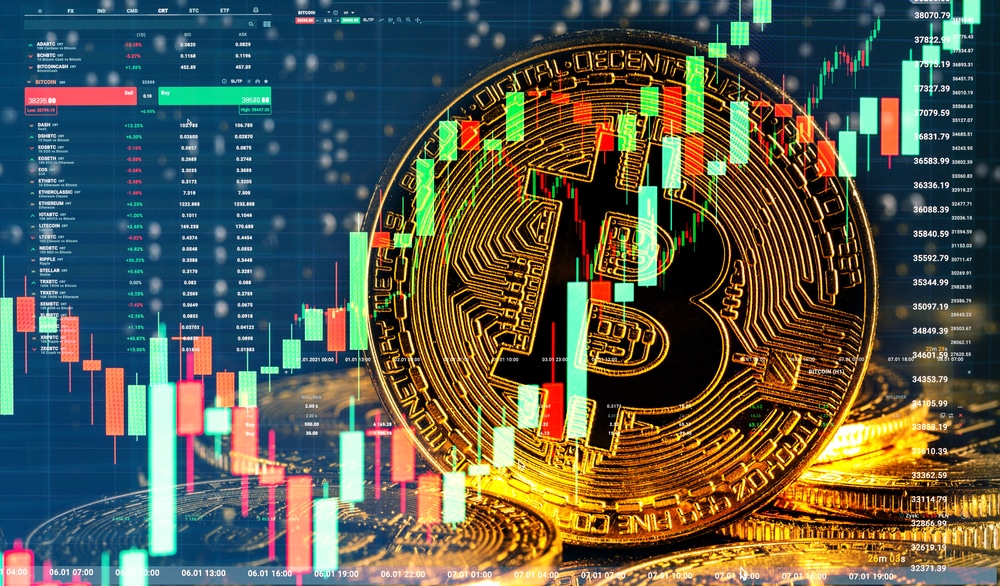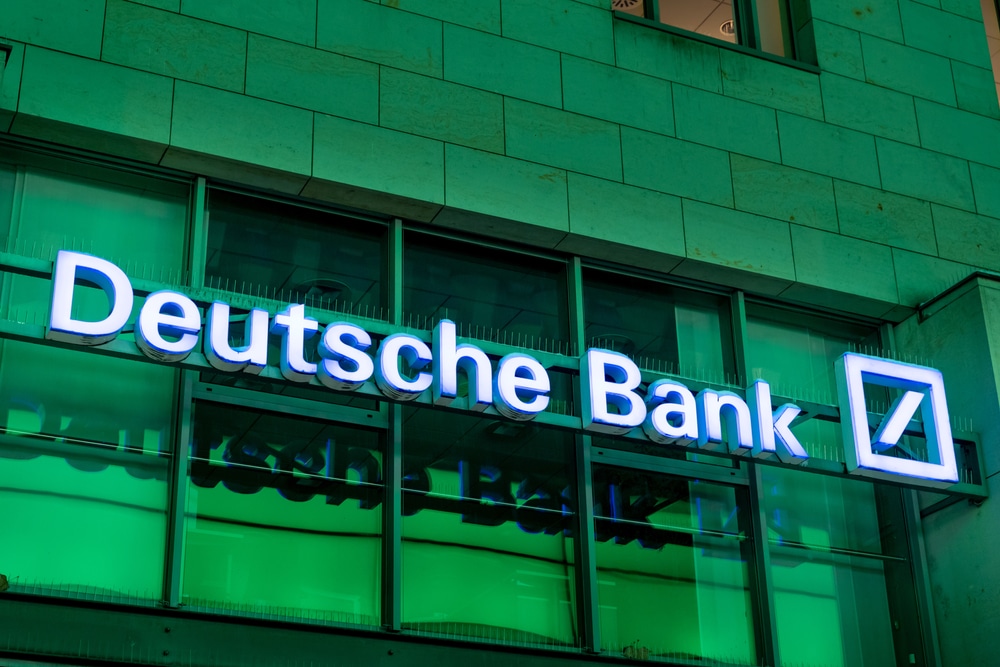Understanding How Inflationary versus Deflationary Token Models Influence Market Liquidity?

Role of Tokenomics in the Cryptosphere Explained
Tokenomics lies at the core of cryptocurrency functionality since it defines the internal dynamics or monetary rules hard-baked into crypto projects’ code. Similar to the inflation and deflation concepts in economics, tokenomics depends on the demand and supply ideologies.
The tokenomics of demand and supply in crypto affect token circulation and offer pointers concerning how and when more tokens will circulate. Similarly, it can affect how holders amass the cryptocurrency and decide when to withdraw tokens from circulation.
Tokenomics impact a token’s utilization and value. For example, Bitcoin’s overall supply cap is 21 million coins, while Solana’s cap is 508 million. Nonfungible tokens (NFTs) are special tokens, making them appropriate for digital art.
Inflationary Tokens Explained
Inflationary tokens are critical for daily activities. As such, they are always in plenty and rarely experience low market liquidity levels.
Cryptocurrency inflation concerns a cryptocurrency reducing purchasing power over time. Inflationary tokens follow similar ideologies, using a crypto structure to devalue the coin by boosting its supply.
Inflationary tokens handle a rising number of tokens in circulation via a mechanism allowing a stable rise in coin supply penetrating the market. Each crypto’s tokenomics offers a predetermined inflation rate, affecting the percentage rise of the token supply over time.
The entry of more coins in the market reduces the coin’s value. The purchasing power is reduced since users use more tokens to purchase assets. Mining and staking are examples of approaches used by inflationary coins.
Dogecoin (DOGE) is a perfect example of inflationary crypto. In 2014, its developers eliminated the 100-billion cap on supply, ensuring an unlimited supply of this token.
Deflationary Tokens Explained
Cryptocurrency deflation is the rise in a cryptocurrency’s intrinsic value over time when the supply reduces or stays constant. Deflationary cryptocurrencies embrace a different approach since they are developed to decrease the token supply.
A deflationary cryptocurrency’s design seeks to attain token scarcity by decreasing supply and increasing the token’s value. This approach aims to progressively lessen the number of tokens and retain practical utility without causing market instability.
Different from their counterparts, deflationary tokens lack a fixed deflation rate in their protocol. Rather, the protocol determines the conditions under which tokens are taken from circulation, generally via a burning process.
Binance’s BNB is a perfect example of deflationary cryptocurrency. Each quarter, Binance runs a burning event to eradicate excess BNB.
Impacts of Inflationary and Deflationary Tokens on Trading Volumes
Supply Regulation
Inflationary and deflationary tokens seek to control token supply in the market, directly affecting market liquidity. The goal of these tokens is high market liquidity while retaining the stability of the token price.
Supply Regulation
Inflationary and deflationary tokens seek to control token supply in the market, directly affecting market liquidity. It entails regulating the circulating, maximum, and overall supplies.
Yield Farming
A yield farm permits people to use smart contracts to lend money to persons requiring loans and acquire interest and more principal tokens. The farms use liquidity pools to enhance market liquidity and smooth transactions.
Staking and Mining
Blockchains such as Ethereum and Bitcoin offer rewards that incentivize miners to release tokens continuously, ensuring a constant supply.
Impact of Inflationary and Deflationary Tokens on Market Liquidity
The rise or decrease in the tokens units due to inflationary or deflationary tokens can enhance or deter liquidity. Inflationary tokens boost tokens’ supply, enabling liquidity, while deflationary ones reduce tokens’ supply, which may result in liquidity restrictions.
Deflationary tokens are vulnerable to price or market manipulation. In this case, large tokenholders may hoard tokens hoping for a deflationary event and later dump them after scarcity causes a price increase, evoking price instability.
Inflationary cryptocurrencies are meant for everyday spending and usage. As such, their supply is plenty and lacks hard cap restriction.
Inflationary tokens have a flexible monetary policy that guarantees a steady supply and addition to circulation in case of a shortage.
Zone Crypto Invest provides exposure for numerous crypto businesses, and we invite you to join our community! Connect with us through our Telegram chat for any questions. Given the volatile nature of cryptocurrencies, always conduct thorough research before investing. Many articles on our website are sourced from guest writers or are paid content, and they might not reflect the views of Zone Crypto Invest's internal team. The opinions in these pieces may not always coincide with Zone Crypto Invest's stance. We do not vouch for the accuracy, quality, promotions, or any other aspects showcased on our platform. Please refer to our detailed terms of service and disclaimer for further information.








